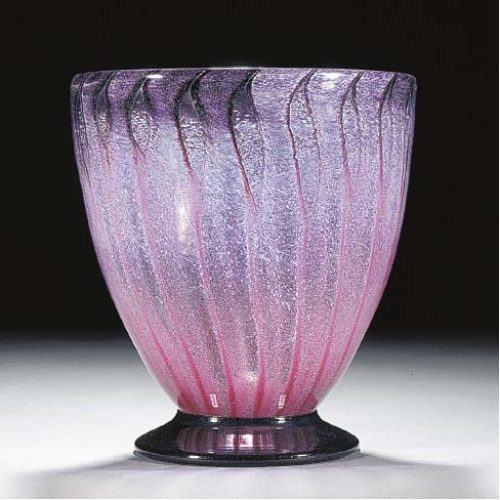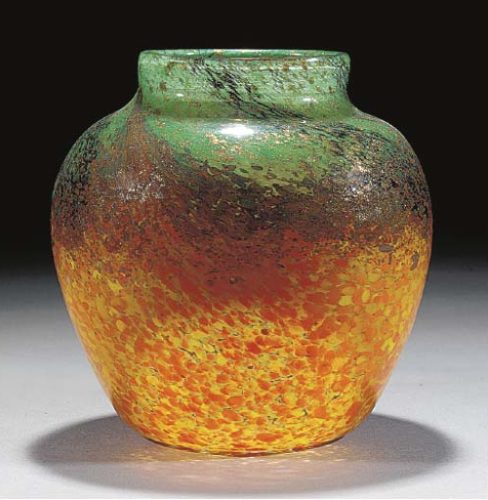
Nestled within the rich tapestry of glassmaking history, Moncrieff Glass stands as a testament to the enduring legacy of craftsmanship and innovation. With roots dating back to the late 19th century, this Scottish glassworks has etched its name in the annals of glass artistry.
The Birth of Moncrieff Glass
The tale begins in 1864, when the Moncrieff family established a glassworks in Perth, Scotland. Under the stewardship of brothers John and William Moncrieff, the company initially focused on producing traditional glassware, including bottles and tableware. However, it wasn’t long before Moncrieff set its sights on artistic endeavours, marking the beginning of a journey into the realm of decorative and specialised glass production.
Innovations in Glassmaking:
Moncrieff Glass gained widespread recognition for its commitment to innovation. In the late 19th century, the company pioneered the development of opalescent glass, characterised by its milky, iridescent appearance. This breakthrough garnered attention not only for its aesthetic appeal but also for its technical intricacy.
Moncrieff’s opalescent glass soon found its way into elegant lamps, vases, and other decorative pieces, earning the company a reputation for pushing the boundaries of traditional glassmaking.
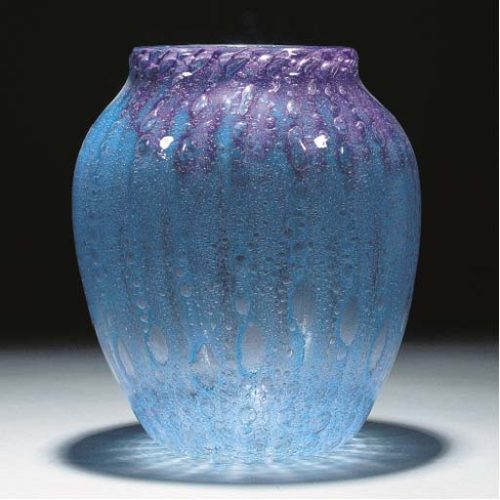
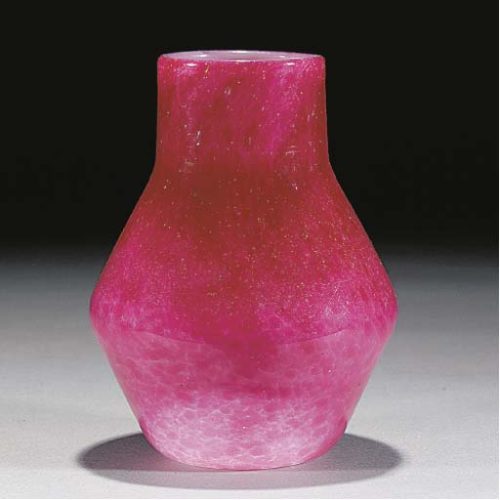
The Monart Line and Artistic Renaissance
The 1920s marked a period of artistic renaissance for Moncrieff Scottish Glass with the introduction of the iconic Monart line. Inspired by contemporary art movements such as Art Deco and Art Nouveau, the Monart range featured vibrant colors, intricate patterns, and avant-garde designs. Notably, Moncrieff employed skilled artists like Salvador Ysart, ensuring that each piece in the Monart line was a unique work of art.
The Monart line included a diverse array of glassware, from striking vases and bowls to delicate paperweights and perfume bottles. The bold experimentation with shapes and colours set Monart apart in the competitive world of decorative glass, solidifying its status as a trendsetter in the industry.
The Impact of World War II
The advent of World War II brought challenges to the glass industry, with raw materials becoming scarce and manufacturing processes adapting to wartime needs. Moncrieff Glass, like many other companies, shifted its focus to wartime production, creating items such as scientific glassware for military applications.
Post-War Resilience and Modernization
In the post-war period, Moncrieff faced the task of rebuilding and adapting to the changing times. The company embraced modernization, incorporating new techniques and designs into its repertoire. Moncrieff expanded its range to include items such as tableware, glass animals, and even commemorative pieces.
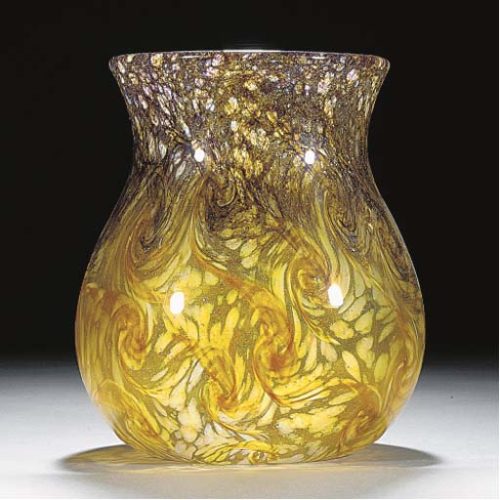
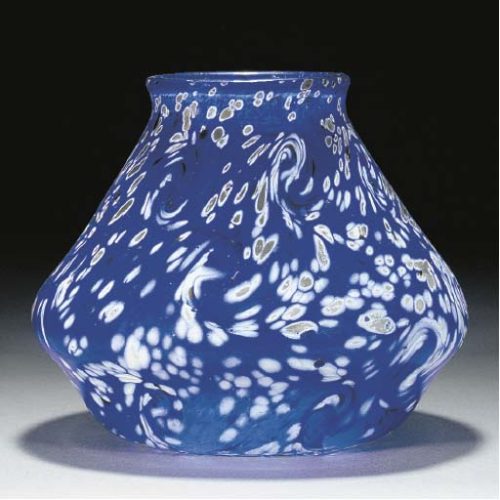
However, as the latter half of the 20th century unfolded, the landscape of the glass industry underwent significant changes. Mass production and global competition posed challenges to traditional glassworks like Moncrieff, prompting the company to diversify its offerings and explore new markets.
Closure and Legacy
The 1980s witnessed the closure of Moncrieff Glass, marking the end of an era. The challenges faced by traditional glass manufacturers in the face of globalisation and changing consumer preferences contributed to the decision to cease production. Nevertheless, the legacy of Moncrieff and its glass lives on through the countless pieces that have found their way into collections, museums, and the hearts of glass enthusiasts worldwide.
Collecting Moncrieff Glass Today
In contemporary times, Moncrieff Glass has become a sought-after collector’s item, with aficionados scouring antique shops, auctions, and online platforms to acquire these historical pieces. The opalescent glass and distinctive designs of the Monart line continue to captivate collectors, showcasing the enduring appeal of Moncrieff Art Glass in the 21st century.
The history of Moncrieff and its glass is a tale of innovation, artistic expression, and resilience. From its pioneering work in opalescent glass to the avant-garde designs of the Monart line, Moncrieff has left an indelible mark on the world of decorative glassware. Though the company may have closed its doors, the beauty and craftsmanship of Moncrieff endure through the cherished pieces that find new homes in the collections of those who appreciate the artistry and history encapsulated within each carefully crafted creation.
